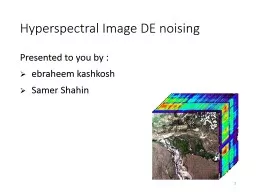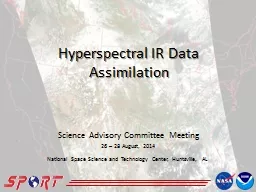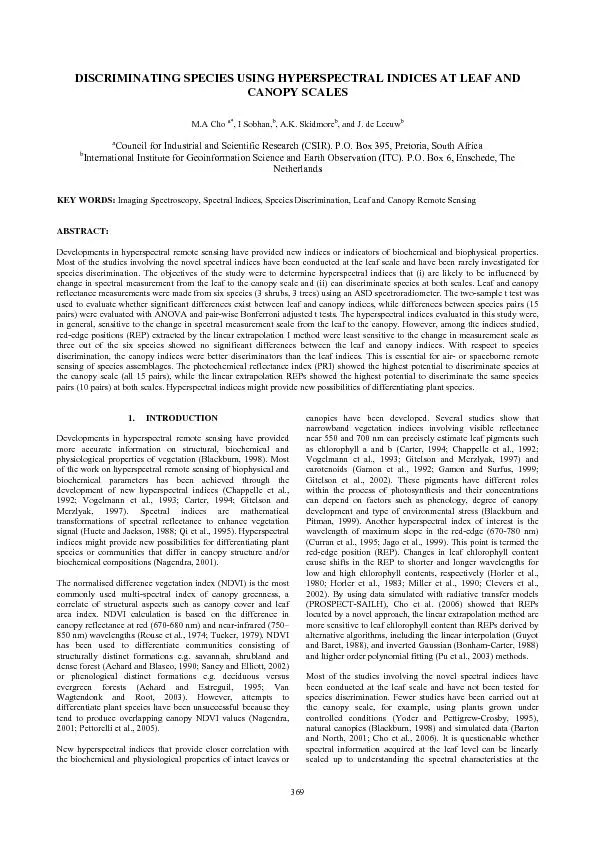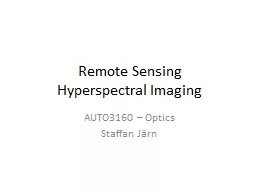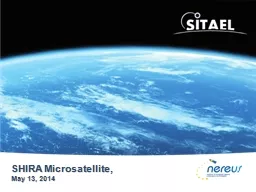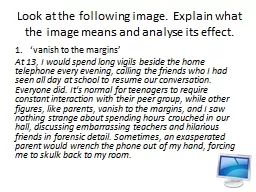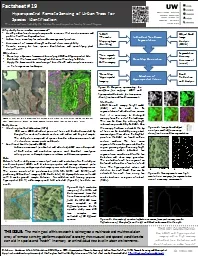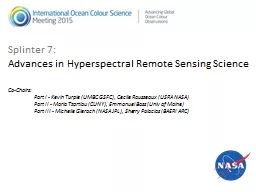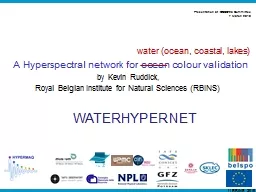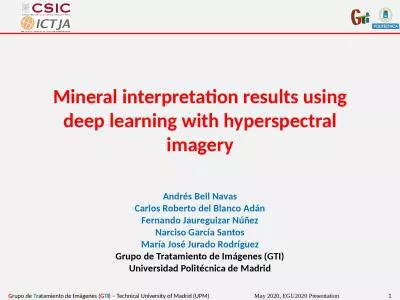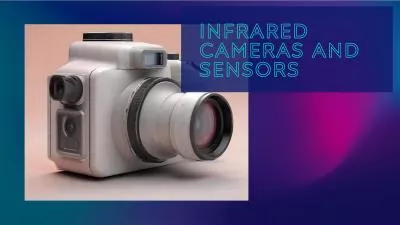PPT-Hyperspectral Image DE noising
Author : easyho | Published Date : 2020-07-03
Presented to you by ebraheem kashkosh Samer Shahin 1 A Technique For Removing SecondOrder Light Effects From Hyperspectral Imaging Data 2 schedule quick intro
Presentation Embed Code
Download Presentation
Download Presentation The PPT/PDF document "Hyperspectral Image DE noising" is the property of its rightful owner. Permission is granted to download and print the materials on this website for personal, non-commercial use only, and to display it on your personal computer provided you do not modify the materials and that you retain all copyright notices contained in the materials. By downloading content from our website, you accept the terms of this agreement.
Hyperspectral Image DE noising: Transcript
Download Rules Of Document
"Hyperspectral Image DE noising"The content belongs to its owner. You may download and print it for personal use, without modification, and keep all copyright notices. By downloading, you agree to these terms.
Related Documents

